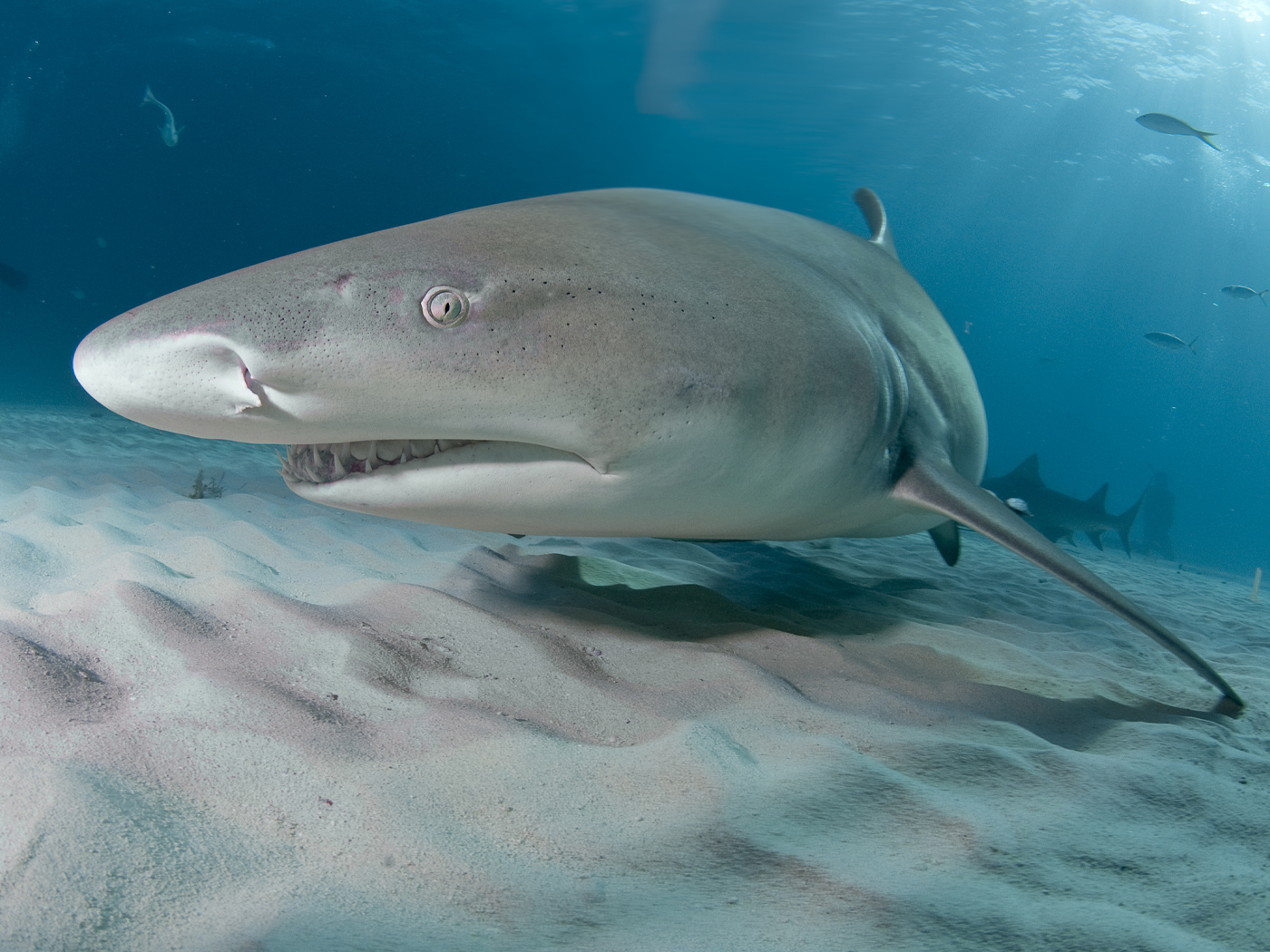High-speed creature communication has been making the news recently. There was underwater research on deep-sea squid,1 and now bird communication. In fact, the rapid signaling discovered in the honeyeater bird is all part of an intricate multi-part message that has scientists in awe at both its rapidity and complexity.2
The honeyeaters are a large and diverse family of small to medium sized birds mostly found in Australia and New Guinea. When a honeyeater is threated with a predator, such as a hawk, it gives out an alarm call in the blink of an eye. Researchers have analyzed this life-saving message in detail and uncovered a level of rapid-fire complexity never realized before.
When a hawk has spotted a honeyeater it wants for lunch, it will swoop down at a very high velocity on its target. The honeyeater has only a split second to flee to for cover. This fraction of a second makes the difference between life and death. During this brief time point, the honeyeater is not only engaging in rapid evasive maneuvering, but is giving out a two-stage alarm to warn its buddies.
Other types of animals are also known to signal urgent danger using repeated sounds, but often take a longer amount of time to deliver. The problem facing the honeyeater is how to make a lightning-fast information-rich message to benefit the other birds while staying alive at the same time. Fortunately, God has hardwired such programming and linguistic ability into the bodies and behavior of this bird.
When the honeyeater gives out this important message, it “front-loads” the information concerning urgency into the first note of the alarm call, allowing other honeyeaters to respond quickly and take cover. Then the honeyeater tags on more specific notes to reinforce the message and signal information to the others on how long they need to remain hidden. And these messages will get longer with more notes in direct relationship to the level of threat.
Evolutionists are at a loss to explain how this highly sophisticated rapid-fire adaptive communication trait within a complex social context could have arisen through random evolutionary processes. A complex multi-level trait like this would involve hundreds of genes to produce the sound producing and sound receiving systems (organs) in the bird. Plus, these birds need the built-in ability to recognize and decode the sophisticated messages. These amazingly sophisticated trait systems can only be the work of an all-powerful Creator that engineered these honeyeaters in the beginning.
References
1. Tomkins, J.P. Deep Water Squid Communication Mystifies Scientists. Creation Science Update. Posted on ICR.org March 27, 2020, accessed April 1, 2020.
2. Potvin, D.A. et al. 2018. Birds Learn Socially to Recognize Heterospecific Alarm Calls by Acoustic Association. Current Biology. DOI: 10.1016/j.cub.2018.06.013.
*Dr. Tomkins is Life Sciences Director at the Institute for Creation Research and earned his doctorate in genetics from Clemson University.
High-Speed Bird Communication Is Complex
The Latest
Giant ''Meg'' Shark: Longer and Leaner?
Fossil remains of the giant shark Otodus megalodon have been found in Miocene1 and Pliocene2 rock layers, which ICR scientists...
CREATION.LIVE PODCAST
Searching for Truth Across the Globe | Creation.Live Podcast:...
How can we bring the Gospel of Jesus Christ and the truth of creation to others outside our small spheres of influence?
Host...
Marine Mammals: Designed for Deep Diving
While you’re reading this, hold your breath. What is now happening is your blood is delivering the last of oxygenated blood cells to your tissues...
CREATION PODCAST
Humanity's Demise at the Hands of Genetic Entropy | The Creation...
Welcome to the fourth episode in a series called “The Failures of Old Earth Creationism.” Many Christians attempt to fit old earth...
''Inside-Out'' Fossil is Amazingly Preserved
It is widely known that vast numbers of fossils—vertebrate and invertebrate—have been discovered incredibly well-preserved.1,2...
The Resurrection and the Origin of Life
At Easter time we focus on the cardinal Christian doctrine of the Resurrection. Without the Resurrection, Christianity is a sham. The truth that Jesus...
Is an Ancient Extinct Tree-Dweller Our Relative?
Human evolution has always been hazy with seemingly as many attempted explanations for how we evolved from animals as there are paleoanthropologists.
Evolutionists...
The Return of the Dire Wolf?
There’s been much recent excitement about the birth of three dire wolf (Aenocyon dirus) puppies by a Dallas-based biotech company: Colossal Bioscience....
CREATION PODCAST
Cracks in the Layers: Lake Suigetsu and the Old Earth Illusion...
Welcome to the third episode in a series called “The Failures of Old Earth Creationism.” Many Christians attempt to fit old earth...
Fish Fossil Vomit
A rather unsavory news story recently appeared regarding fossilized vomit. Although it’s hardly dinner table conversation, it nonetheless supports...



















